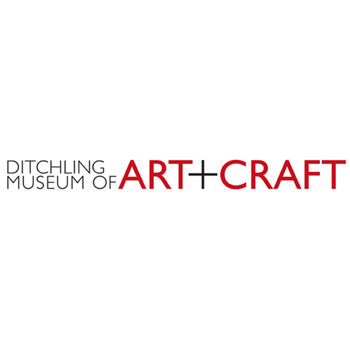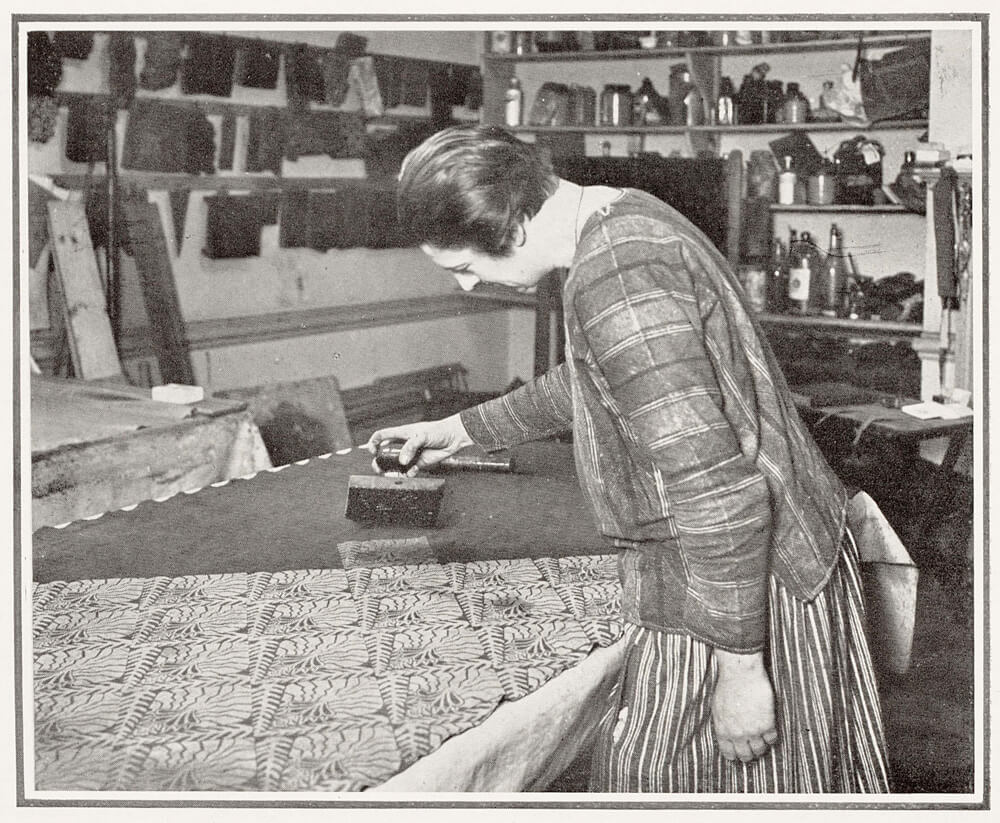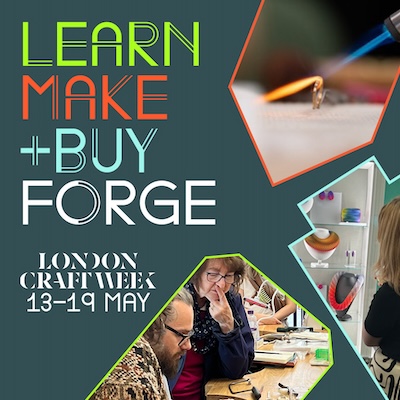Women’s Work: Pioneering Women in Craft, 1918 – 1939

Venue
When
Audience
Category
Women’s Work: Pioneering Women in Craft, 1918 – 1939
Ditchling Museum of Art + Craft, Sussex
4 May – 6 October 2019
This Spring, Ditchling Museum of Art + Craft will present a major new exhibition on the work of craftswomen who turned their practices into successful businesses between the two World Wars. Women’s Work will focus on pieces made by textile artists, weavers, ceramicists and silversmiths, many of whom were informed by their experiences traveling during the First World War. Often overshadowed by their male counterparts, these pioneering women achieved success by looking to past techniques to create contemporary designs, which went on to inform future generations of craftspeople.

Featuring over 100 pieces, Women’s Work will focus on a core group of makers – Ethel Mairet, Alice Hindson, Phyllis Barron & Dorothy Larcher, Enid Marx, Catherine ‘Casty’ Cobb, Katharine Pleydell- Bouverie, Denise Wren and Elizabeth Peacock - some of whom are relatively unknown yet hugely significant to the development of the Arts and Crafts movement.
Working with pre-industrialised technique led to livelier results for the makers. The exhibition will include textiles by groundbreaking designers Barron & Larcher, ceramics from leading potter Denise Wren and at the heart of the show, one of eight phenomenal 10-foot woven banners by Elizabeth Peacock, commissioned and hung in Dartington Hall since the 1930s.
There will also be cutlery by silversmith Catherine ‘Casty’ Cobb who capitalised on the demand for fine stainless-steel cutlery after the war. She made knives and forks with steel elements forged in Sheffield to her designs, to which she added delightful and distinctive pique handles.
Stoneware pots and vases with wood and vegetable ash glazes by Katharine Pleydell-Bouverie will also be featured. Born into an aristocratic family at Coleshill, Berkshire, Pleydell-Bouverie learnt her craft at the Central School of Art and Crafts. She sold her vases and bowls at low prices, uninterested in making money from her distinguished work.
It was through their travels that many of the craftswomen revived a relationship with traditional craft techniques. Embroiderers in Sri Lanka and textile printers in Calcutta opened new avenues of inspiration and knowledge for the women. They brought their newfound skills back to Britain and into the craft revival, going on to share their experiences with other craftswomen of the era.
Weaver Mairet travelled frequently, seeking pre-industrial techniques and collecting textiles for study and to sell on. Her journeys to the continent and beyond provided her with a wealth of inspiration. She often journaled her experience, studying weavers in small towns and villages who used traditional techniques. On Yugoslavian female weavers she observed ‘One knows what women are when you have seen them here.’
Central to the craftswomen’s designs was the importance of looking to production methods of the past to create the future. Cobb’s silver jewellery and Marx’s block printed textiles all show the modernity of the designs despite the traditional approaches used to create them.
Respected as teachers as well as makers, the craftswomen were championed by female entrepreneurs and gallery owners and various networks were formed. Muriel Rose of the Little Gallery, Dorothy Hutton of the Three Shields Gallery and Cecilia Dunbar of Dunbar Hay were all influential in promoting this new, contemporary work in the context of a ‘modern’ lifestyle.
Many of the craftswomen have a strong connection to the village of Ditchling as well. Notably Ethel Mairet, who saw countless makers pass through her workshop Gospels in Ditchling. Mairet’s seminal training influenced generations of weavers, epitomizing the importance of passing on knowledge.
The exhibition is accompanied by a programme of events and workshops including a weaving residency on a historic loom from this period taking place in the museum itself, bringing to life the exquisite pieces on display. A show on natural dying will occupy the William & Margaret Rowling Gallery throughout the Open Houses festival month of May, offering visitors an insight into the processes used both by the craftswomen of the interwar years and today’s contemporary makers.
Women’s Work will draw on the museum’s own and other specialist collections to demonstrate the importance of women in the crafts revival in the early part of the 20th Century.
Exhibition Run
4 May – 6 October 2019
Venue
Ditchling Museum of Art + Craft, Lodge Hill Ln, Ditchling, Hassocks BN6 8SP








